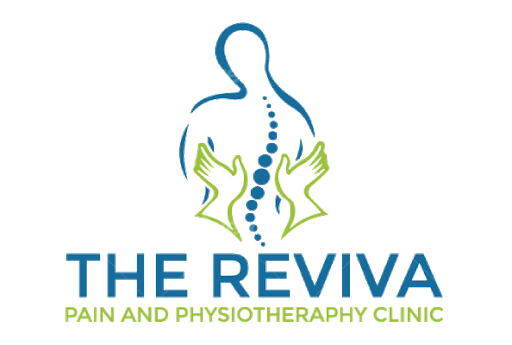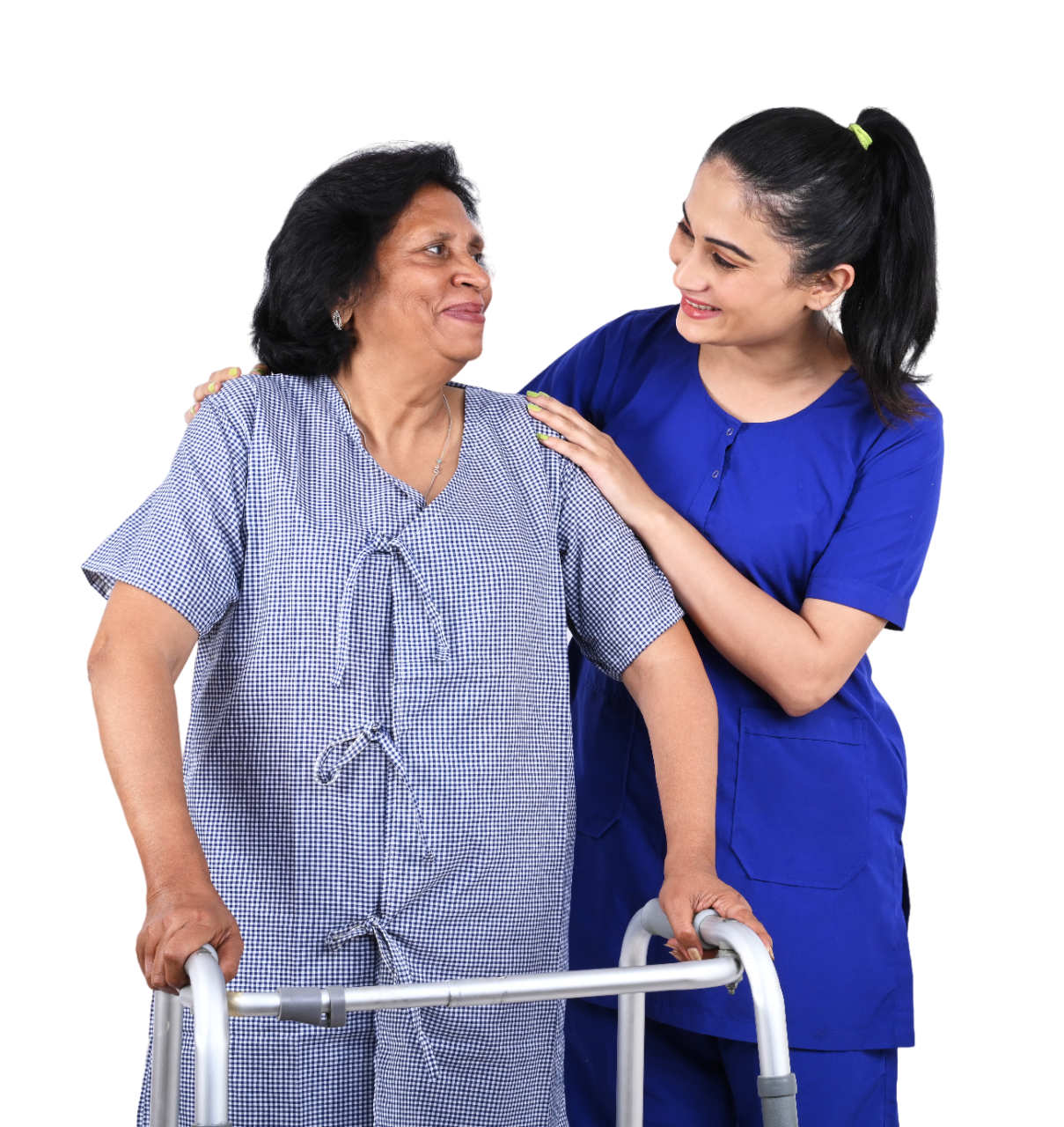CST (cranial sacral treatment) and craniosacral therapy (craniosacral therapy) are two terms that are used interchangeably. It’s a form of bodywork that helps to release compression in the brain, sacrum (a triangle bone in the lower back), and spinal column.
CST is a painless procedure. It relieves stress and pain produced by compression by applying mild pressure to the head, neck, and back. As a result, it can aid in the treatment of a variety of ailments.
The flow of cerebrospinal fluid in the central nervous system is hypothesised to be adjusted by mild manipulation of the bones in the skull, spine, and pelvis. This improves the body’s ability to mend by removing “blockages” from the usual flow.
Cranial sacral therapy can be performed by a variety of massage therapists, physical therapists, osteopaths, and chiropractors. It could be part of a previously arranged therapy visit or the primary reason for your visit.
What can I expect from a session of craniosacral treatment (CST)?
You stay completely clothed during a CST treatment, which is similar to massage therapy.
The first part of the treatment session is a consultation with your skilled therapist to identify problem areas. Soft music and dim lighting are frequently employed to promote relaxation.
The therapist assesses the presence of any disturbances and/or constraints in your fascial system using light pressure techniques. Light touch and fascial release may aid in the natural release of stress in your muscles and organs, improving function. Other patients frequently describe a deep sense of calm.
Benefits
The compression in the head, neck, and back is supposed to be relieved by CST. This can help to relieve pain and stress, both emotional and physical. It’s also thought to aid in the restoration of cranial movement and the alleviation or release of head, neck, and nerve constraints.
People of all ages can benefit from cranial sacral therapy. It could be a component of your treatment plan if you have a condition like:
- migraines and headaches
- disturbed sleep cycles and insomnia
scoliosis - sinus infections
- neck pain
- recurrent ear infections or colic in infants
- trauma recovery, including trauma from whiplash
- mood disorders like anxiety or depression
- difficult pregnancies
- constipation
- irritable bowel syndrome (IBS)
There is a lot of anecdotal evidence that CST is a good treatment, but more research is needed to prove it scientifically. It appears to ease stress and anxiety, while some study suggests that it is only helpful in newborns, toddlers, and children.
Side effects
Following cranial sacral therapy with a certified practitioner, the most common adverse effect is minor discomfort. This is usually only transitory and disappears within 24 hours.
There are some people who should not utilise CST. These folks include those who have:
- severe bleeding disorders
- a diagnosed aneurysm
- a history of recent traumatic head injuries, which may include cranial bleeding or skull fractures



